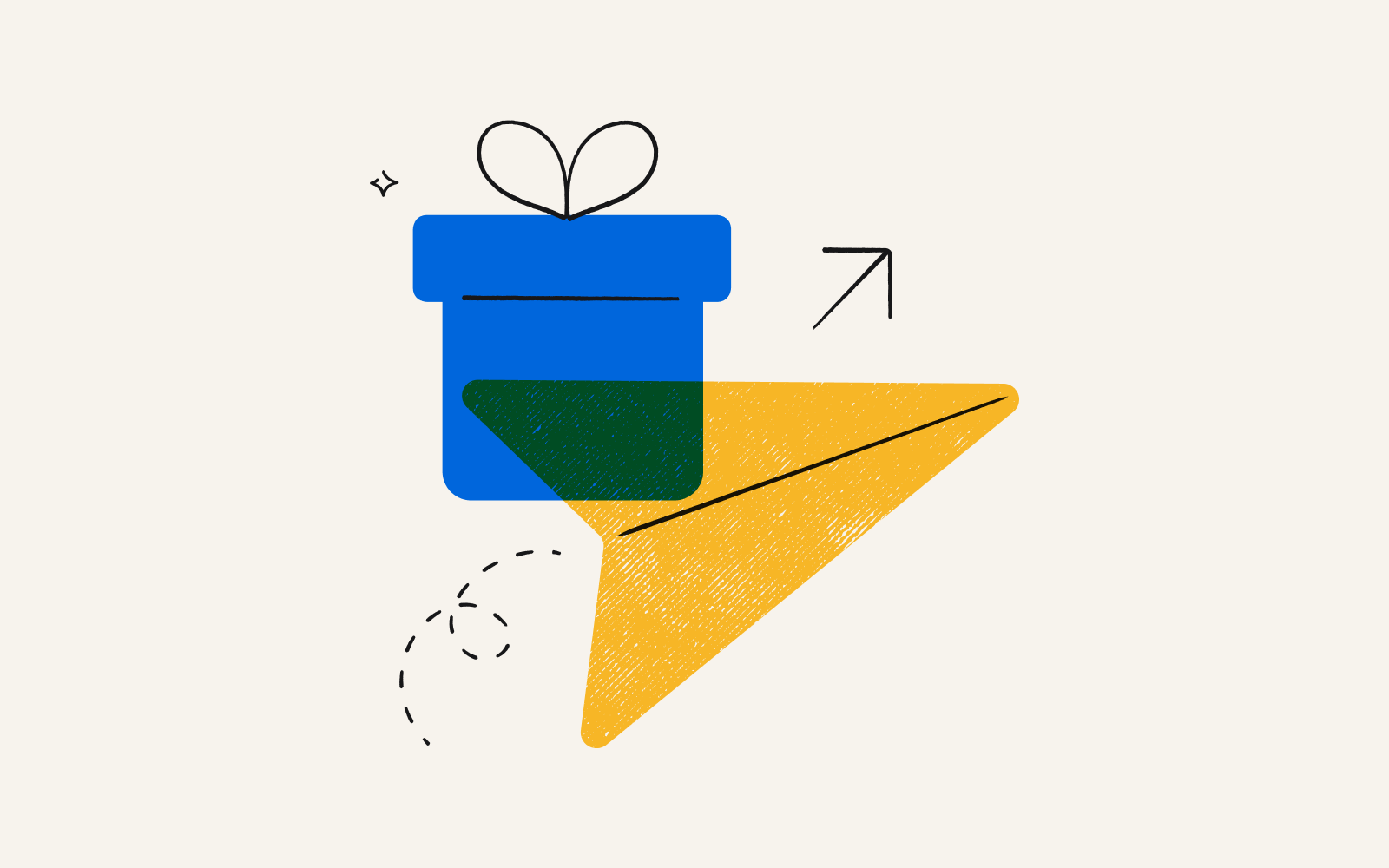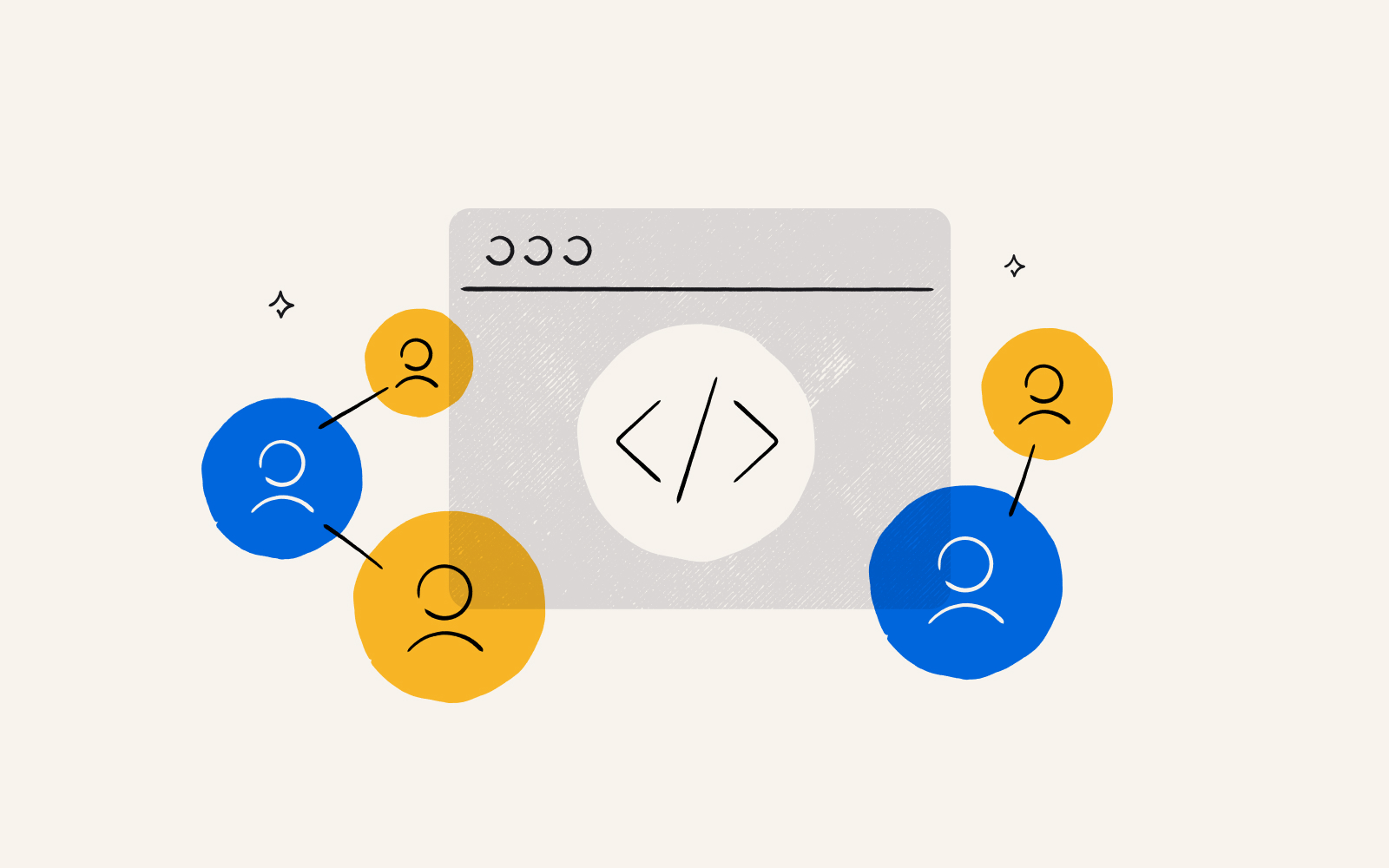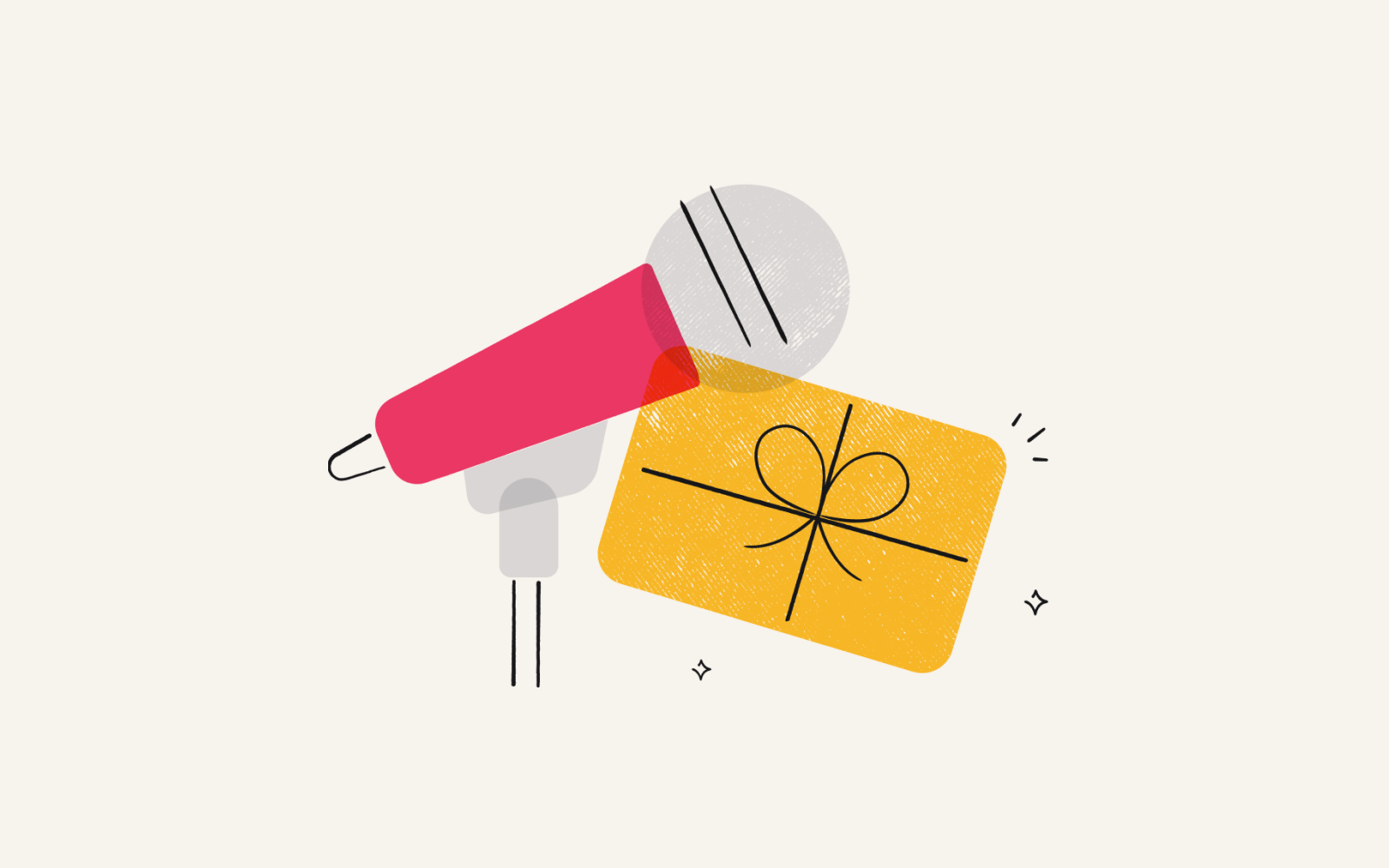How to craft a winning customer incentive program

Customer incentive programs are everywhere. In fact, more than 90% of companies currently employ a customer engagement or loyalty program. But when it comes to building a successful one, organizations need to follow a strategic plan to achieve their goals.
Whether your reward is an entry into a sweepstakes competition or bonus points that add up to a free coffee, customers who receive incentives are more likely to stick with your brand long-term, and encourage their connections to become customers as well.
52% of American consumers will join the loyalty program of a brand they make frequent purchases from.
Below, we take a look at the important role customer incentive programs play, and how to build one that ensures your customers are here for the long haul.
What is a customer incentive program?
Incentive programs reward customers with a gift for buying a product or service. Similar to a referral program system, customer incentive programs give an extra dose of motivation to bring in new customers, and maintain a good relationship with existing ones.
There are many different types of customer incentive programs. For instance, a popular incentive is a rebate program which offers a financial reward as a result of making a purchase. However, incentive types can range from gift cards and service upgrades to free products and future financial gifts.
Why customer incentive programs are important
Everyone loves a reward. Whether it’s a small gift card or a hefty discount, providing some form of incentive brings in new customers, keeps the ones you have, and encourages them to share their love of the company with friends and family.
Maintaining your customer base is important. A study conducted by McKinsey found that customers who are members of a loyalty program are 59% more likely to choose a brand over a competitor and 43% more likely to buy weekly. The same study determined that customers who are members of a loyalty program are 62% more likely to spend more on the brand.
How to build a winning customer incentive program
Define your goals
Before introducing a customer incentive program, companies need to carefully consider what they’re trying to achieve. Is the goal to specifically increase sales, or are you looking to improve customer satisfaction? Is it a combination of those things?
Establish clear objectives before launching a customer incentive program so you have a reliable way to measure success as the program progresses. Your goals should also inform the kind of customer incentive program you launch, and how you design the program.
For example, if your goal is to increase repeat purchases, a loyalty program makes the most sense. However, if your objective is to drive a higher number of first purchases, it may make more sense to launch a rebate program. Base your program type on your goals – not the other way around.
Understand your target market
The best customer incentive programs are designed around a number of key attributes of the target audience, including the audience’s buying behaviors, preferences, profitability, and values.
It’s imperative that companies spend time researching and analyzing their target market to answer fundamental questions about:
what they buy
what drives their purchasing decisions
what they appreciate most about your brand
how much profit they generate for the company.
Answering these questions will help to inform:
which incentive to offer
how much you can spend per incentive while still maintaining profit margins
how to position the incentive program to your target market
what type of program will be most resonant and compelling to your audience
By actively studying your customer base and their spending habits, companies can design an incentive program that is both attractive and profitable.
Pick a program type
If you’ve spent adequate time defining your goals and understanding the needs of your target audience, picking an incentive program type should be pretty simple.
Each incentive program is designed to support slightly different goals, and appeals more or less to different markets depending on their age range, buying behaviors, and preferences.
Here’s a breakdown of the different program types.
Loyalty programs
Loyalty programs reward customers for consistency. Designed to retain customers long-term, they provide incentives in the form of discounts or rewards. Loyalty programs also help companies gain a greater understanding of what their customers are seeking, thanks to their ability to gather client information and data. 70% of U.S. consumers are loyal to brands that offer loyalty programs or rewards, according to Capital One Shopping.
Point programs
One of the most common types of incentive programs are those that use points that reward customers for making consistent purchases. Once they reach a certain amount of points, the reward is usually some sort of free product or discount.
Referral programs
Loyal customers are more likely to refer a business to their friends and family. Referral programs allow customers who recruit a new user to receive a small reward or payout for spreading the word. It’s a win-win situation, since the person doing the referring receives a reward, and the company gains a new user. Statistics show that referred customers have staying power, as well: One study by the Wharton School of Business found a 16% higher lifetime value in referred customers than those earned through other channels.
Participation incentives
Not all customer incentive programs are based around spending money. Instead, participation incentives offer a reward for performing an action, whether it’s taking a survey or signing up for a sales demo.
Participation incentives are especially useful for B2B companies, who have long sales cycles or expensive products. While buying a coffee isn’t a big commitment, integrating a new software solution into your business’s tech stack is.
Rewarding employees for taking the first step in their buyer journey can put prospects on the path to becoming customers faster and at higher rates.
Coalition programs
Often known as shared loyalty programs, coalition programs allow brands to enter into a strategic partnership with each other. By coming together to offer a joint loyalty program, they can offer a wider range of incentives that can be redeemed in multiple places. Customers appreciate this flexibility because it allows them to use their rewards in multiple places, while businesses like the ability to cast a wider net and subsequently pull from a larger base of customers.
Pick an incentive type
Before a company can start their incentive program, it’s essential to determine what type is the right fit for your organization.
Overall, the option should be in line with your company’s goals, and easy to understand. This is one situation where simplicity is best.
Plot out your budget
Establishing a budget for your incentive program is incredibly important because it determines what level of reward you can offer. Simply put, you need to be prepared to provide the reward to every single person who responds.
By analyzing expenses and per-customer revenue,, an organization can craft an incentive that’s both attractive and profitable.
Optimize customer support
Customers value interaction with the companies they support. Whether it’s engagement on social media or quick responses to emails, top-tier customer support ensures their loyalty. That brand allegiance is a worthwhile pursuit: 3 in 4 consumers will spend more with businesses that provide a good customer experience.
Measure progress & continually iterate
As with any marketing campaign, you’ll likely need to make adjustments to your incentive program over time.
Track metrics based on your larger goals to gauge program performance, and make updates to the program as necessary. However, bear in mind that customers are often averse to change.
If you do need to make changes to your incentive program, communicate the change clearly to consumers before implementation. Especially if the change involves reducing the value or frequency of the incentive.
Key Takeaways
Incentive programs are an essential component of scaling your business. Here’s a few reasons why:
Incentive programs can help you generate more customers, increase customer retention, and boost repeat purchases.
There are a variety of options when it comes to what type of incentive program your company should establish. From point programs to referral programs, carefully consider what form aligns with your goals.
The information that incentive programs provide about your customers is worth its weight in gold. From contact information to spending habits, the data companies acquire through incentives is important.
Customers want to feel like they have organically built a relationship with your brand. By creating a successful customer incentive program, companies can actively cultivate those relationships. If you’re interested in learning how to expand your reach and boost engagement with free, flexible incentives, sign up or take a demo with us.


